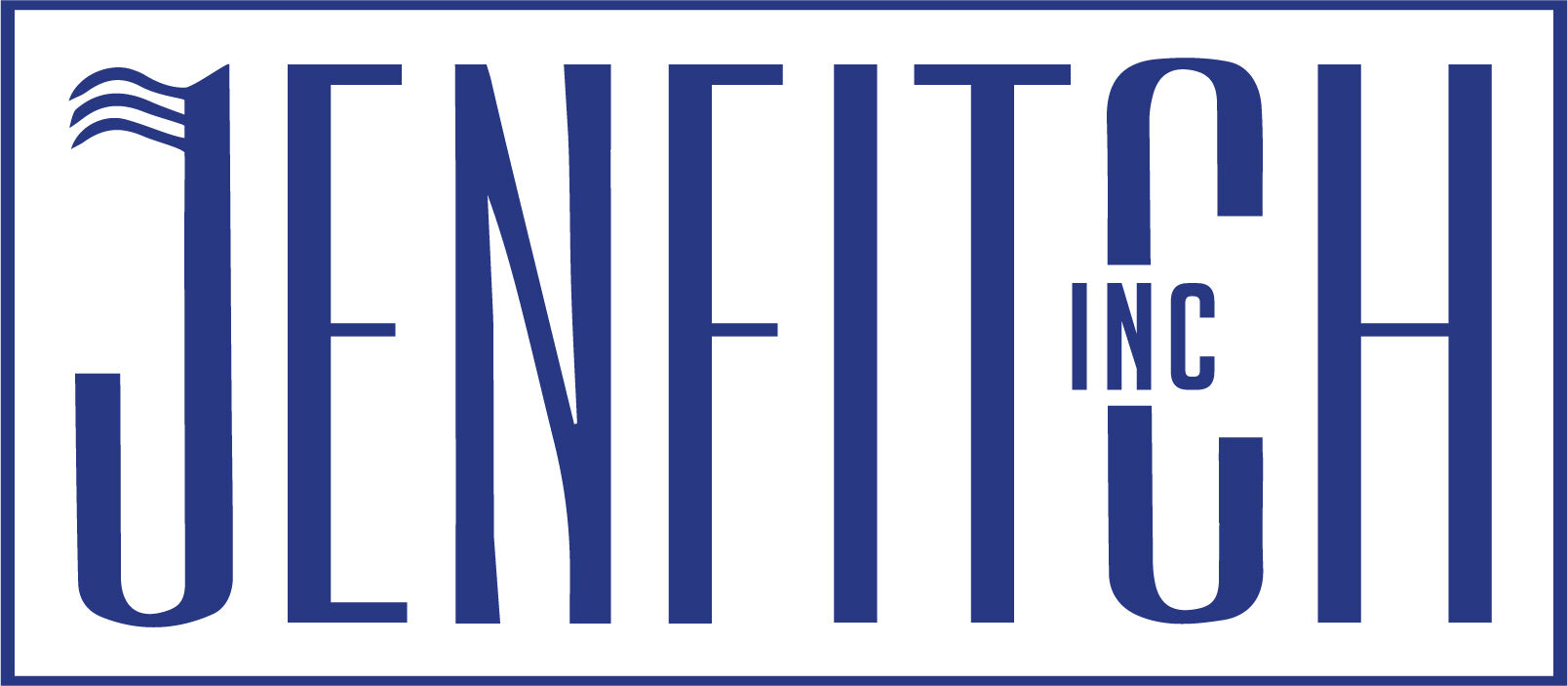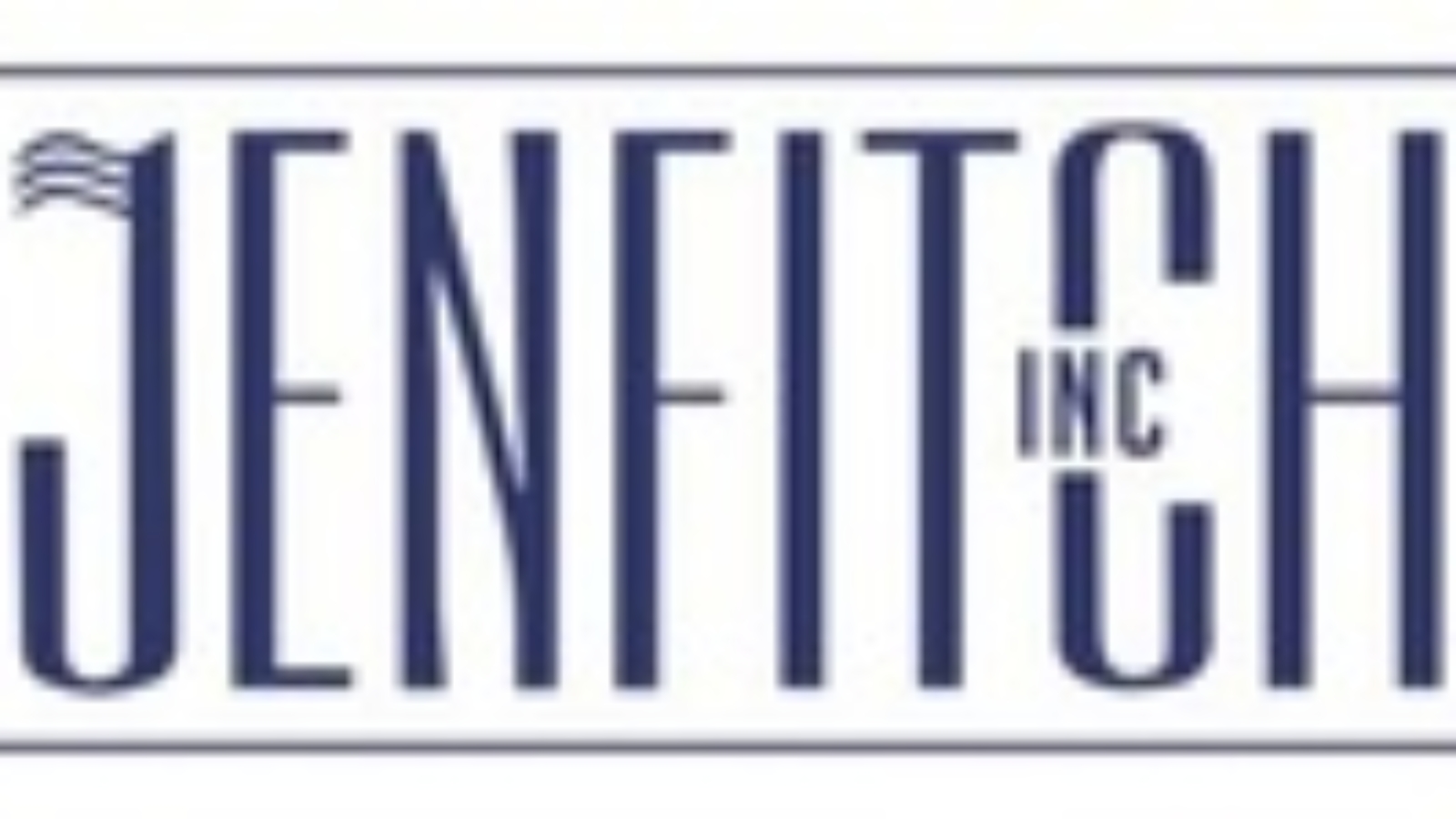Jenfitch, Inc. has gained US Environmental Protection Agency (EPA FIFRA) and USDA Organic Standard (7 CFR Part 205) approval to use its’ proprietary sodium oxychloride formulation, JC 9465, that works even more effectively than ozone as a crop production aid, disease, and pest control aid, fertilizer and soil amendment aid, livestock production aid and processing and
handing aid for facilities requiring organically approved technologies. JC 9465 has improved safety and increased production in various agricultural applications that use post-harvest wash systems and hydro-coolers to control cross-contamination and spoilage. The capital cost for installation and operating cost are less than at 1% of the cost of a conventional ozone system. In aquaculture systems from Norway to Louisiana, JC 9465 has improved yields and lowered operating costs. Currently in studies from Canada, the dairy industry has been conducting studies using JC 9465 to control hoof disease and other health-related problems for dairy cows with great success.
Walnut Creek, CA.-based Jenfitch, Inc. is marketing its JC 9465 ROS as an alternative to gaseous ozone, sodium hypochlorite, chlorine, and chlorine dioxide to help meet food safety needs in the 21st Century
In studies using JC 9465, we have observed an increase in the availability of singlet oxygen ions and

hydroxyl radical ions which have been called ‘Nature’s detergents. They effectively destroy all microorganisms found in post-harvest applications in less than 30 seconds”, Marketing Manager, Gail Jennings, said in a recent news release. In independent studies using ORP, (Oxidation-Reduction Potential) by increasing the ORP (as measured in millivolts) stress is introduced to the microorganisms and inactivates them. (See chart to right)
JC 9465 has been shown to be 12 to 24 times more effective than chlorine as a disinfectant for controlling biofilms, bacteria, viruses, and spores. Studies have demonstrated that bacteria living in a biofilm causes

spoilage. JC 9465 oxidizes the biofilms and attacks the bacteria. JC 9465 is a member of the reactive oxygen species (ROS) in the chart to the right, we list the various oxygen species. The important points of the chart are the different electrochemical potentials (voltage-Ev) of each ROS molecule. Ozone is 2.04, singlet oxygen ions is 2.42, hydroxyl radical ions is 2.8, while chlorine ions is 1.49, and JC 9465 is 2.8 Ev. Understanding electrochemical potential helps us understand why ozone react quickly in water vs chlorine and why singlet oxygen ions/hydroxyl radical ions work even better than ozone.
In a field study conducted with UC Davis-Post Harvest Dept., JC 9465 effectively achieved a 6-log (CFU) reduction in less than 10 seconds on E. coli, Listeria, and Salmonella. Also, in a study with the University of Washington Agriculture-Post Harvest Dept, JC 9465 demonstrated that it can eliminate cross-contamination during apple harvesting.
JC 9465 is composed of a solution of hypochlorous acid and a proprietary catalyst that controls the activation of the singlet oxygen ion and hydroxyl radical ion. Unlike sodium hypochlorite which is a gas in a liquid, the singlet oxygen ion and hydroxyl radical ion are highly soluble in water and can be used in varying water qualities (i.e., pH and temperatures) effectively. JC 9465 works like a Trojan Horse. It easily passes through the cell membrane as an oxygen molecule and then converts to ROS which attacks the nucleus of the cell. Killing it instantly. Sodium hypochlorite requires a minimum of 2-4 minutes of contact time at a very high concentration to achieve the same results as JC 9465.
JC 9465 is also approved for use in potable water treatment system up to 84 mg/l as an oxidant. It is approved to control scaling and corrosion and can be used to treat groundwater high in iron and manganese.
For a copy of relevant studies and more information on the new sodium oxychloride chemistry, please visit www.jenfitch.com or contact sales@jenfitch.com or call 925-289-3559.



Leave A Comment